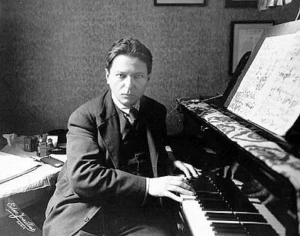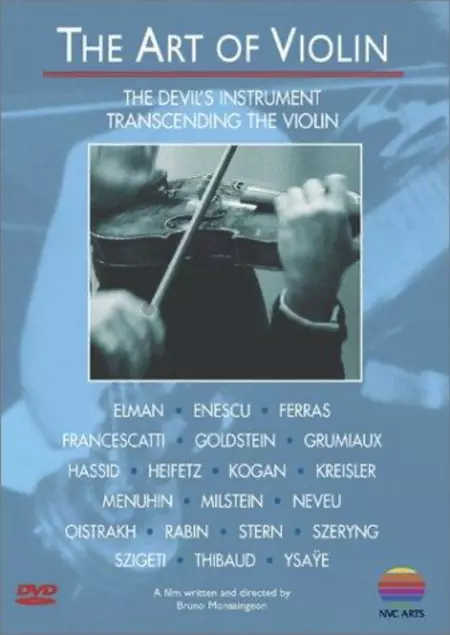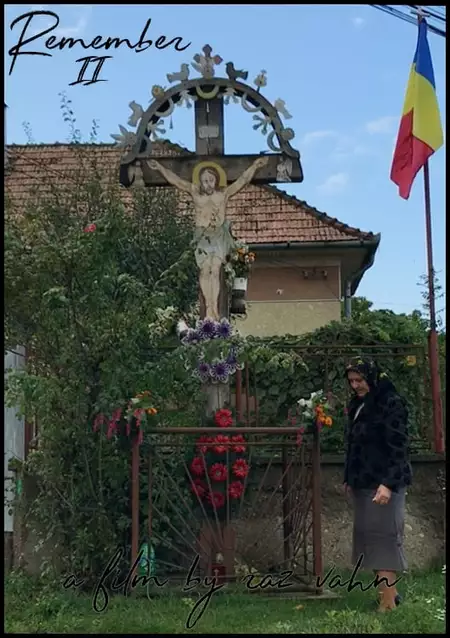Biography
(No Information)
Filmography
all 3
Movies 3
self 1
Information
Known ForSound
GenderMale
Birthday1881-08-19
Deathday1955-05-04 (73 years old)
Birth PlaceGeorge Enescu, Romania
RelationshipsMarie Cantacuzène (1937 - 1955)
CitizenshipsRomania, France
AwardsKnight of the Legion of Honour
This article uses material from Wikipedia.
Last updated:
 George Enescu
George Enescu- Filmography
- Information


